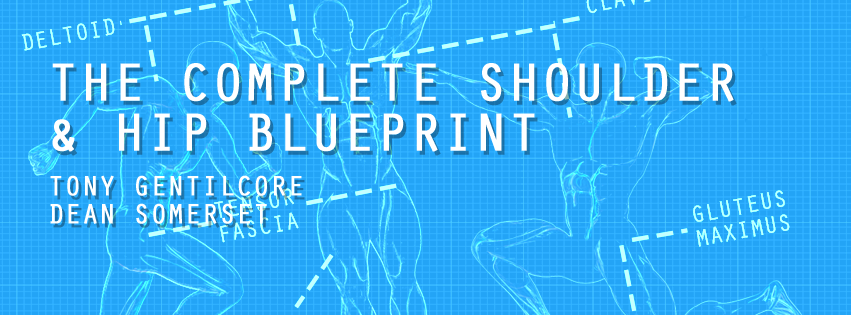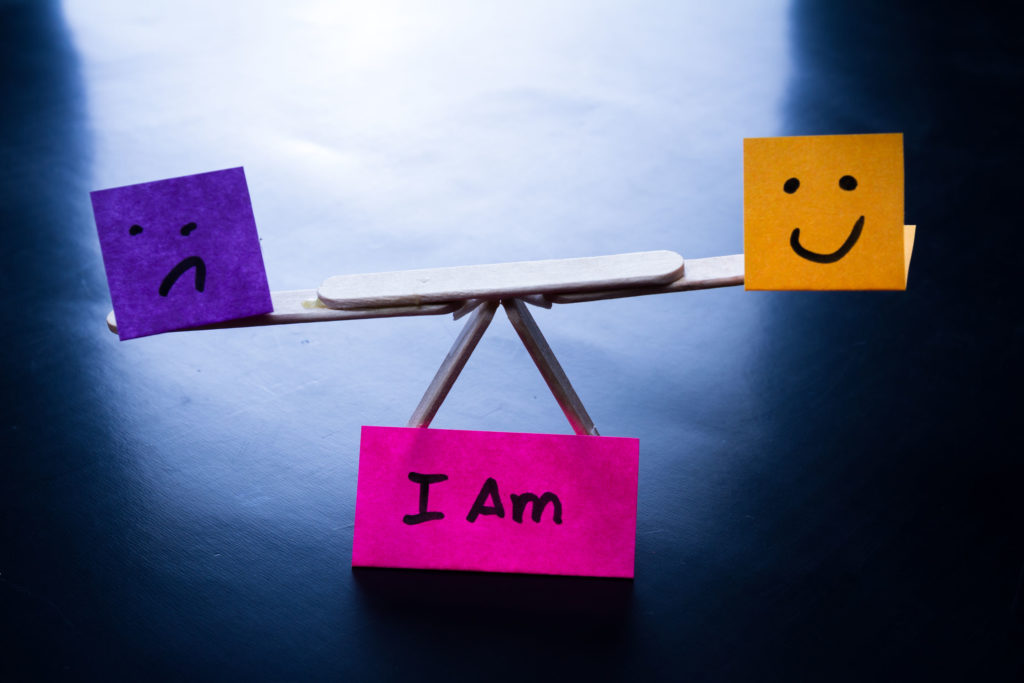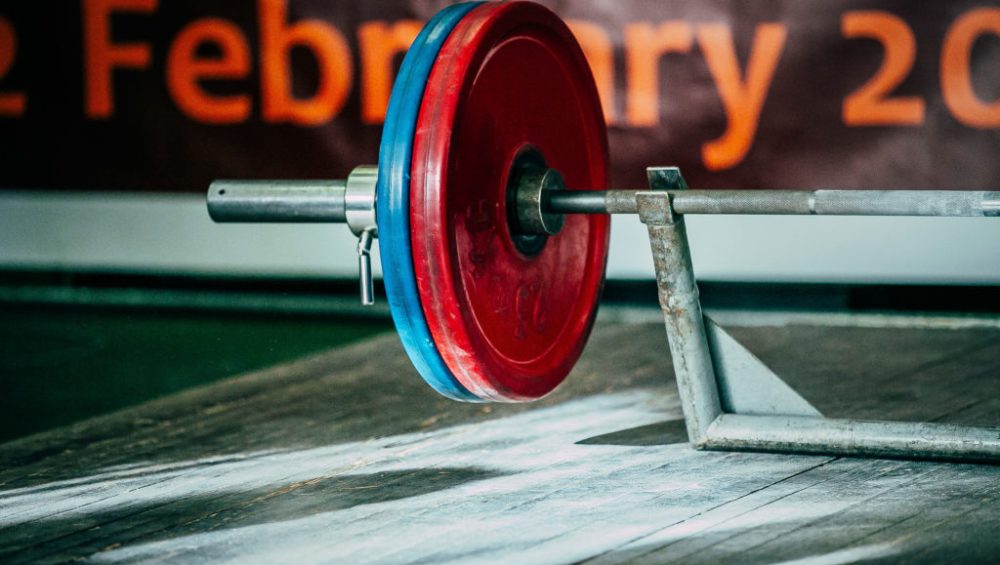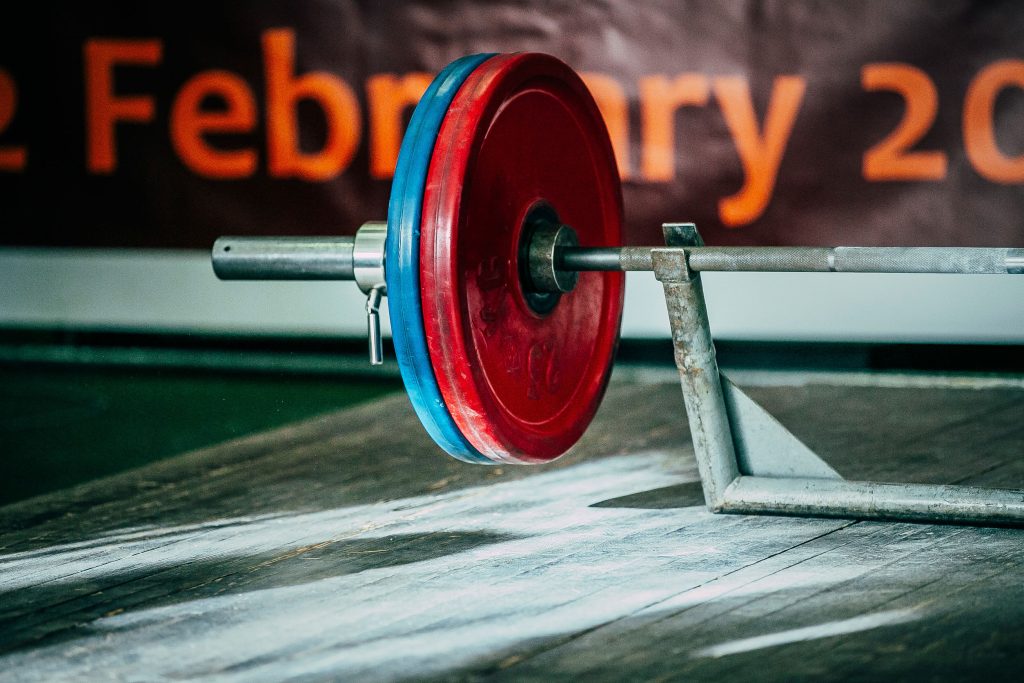Peruse pretty much any fitness magazine targeted to women and you’ll inevitably see words like, “lose, fat-loss, tight, drop a size, tiny, hot, and lean” plastered all over its pages. This is unfortunate.
Women are programmed, often at an early age, to be less, that in order to be attractive and have self-worth, the smaller you are the better.
I say: Bull to the shit.
It’s no secret I’m a firm advocate for women to strength train. Time and time and time again I witness women transform their bodies (and mindsets) when they choose to nix the endless elliptical sessions in lieu of picking up some barbells.1
There is nothing wrong with choosing to be more.
I am pumped to help promote The Bigness Project from Kourtney Thomas and Jen Sinkler. It’s everything I’m a fan of when it comes to directing women to the right kind of information.
Please enjoy the guest post Kourtney was kind enough to write below.
Maybe Less Isn’t More
I used to be one of those women who made a point to talk about how little space I took up. I’d brag about taking the first middle seat I came to on a Southwest flight because, “I’m just a little girl!” On top of that, I made a point of keeping everything about my already small body as tiny as possible. Because, after all, being less is more when it comes to women’s bodies, right?
More like “Yeah right!”
Over the years, I eventually began to see that there was another way to go. And while, yes, I do walk around in a petite frame, I’ve come to see that what I do with it and how I carry myself can convey a whole different message.
When I first got into fitness, though, it was pretty much cardio only for me. I loved group cycling and endurance running. I enjoyed sweating all over the floor teaching a high-energy cycling class, and I loved running out to the middle of nowhere and melting into nature and myself.
At the time, I didn’t yet grasp that my participation in each of these sports tended to reinforce that same, constant message for me: that less is more. Endurance runners have to be rail-thin so they can be fast. Group cycling classes will claim to burn a gazillion or so calories. The rest, if not explicitly stated, is often implied in skewed marketing messages: stay little.
In time, I experimented and found my way to some weight training. But I started with methods I thought wouldn’t make me too big or bulky. And obviously, to burn more calories, because I still believed that less was more. Along the way, I began to see glimpses of a different way though. Who is this Jen Sinkler person, and what is this Lift Weights Faster stuff I see? Oh my goodness, Girls Gone Strong?
Strong? What a novel concept!
And women were using…what was that called again? A barbell? I was clueless and petrified to touch the thing for the first time, but I eventually gave myself a dose of my own tough love, sucked it up, and walked into the weight room one day. As it turned out, it wasn’t so bad, and I felt capable of being there! (I also realized not everyone knew what they were doing in there.)
And, so, I started with strong, and I believe in that wholeheartedly. I completely agree with Tony when he says that training for performance in lifting is a great place to start. I not only saw my strength come up substantially, but as Tony has also mentioned many times before, I began to see significant physical changes in my body shape and composition.
I was getting bigger. Bigger! Everywhere. And I liked it.
I liked it so much, in fact, that it became my primary goal. I’ll never forget writing my initial email to my first coach and my No. 1 goal as “Gain some size. As much hypertrophy as possible.” Oh, how different that was from the last 30 or so years of my life — that a woman should actively say to herself, I don’t want to shrink. I want to grow! I don’t want to lose weight. I want to gain! And then deliberately work toward getting bigger?
It took a little time to get behind fully, I’ll admit. Just like so many other women, I’ve been conditioned by the mainstream messaging to know nothing other than slender, slim, and thin-is-in. Not to mention, quiet, polite, and ladylike. Flipping the script on all of that doesn’t happen overnight. But changing my training focus to hypertrophy not only helped me to discover the most fun kind of training ever (seriously!), but it helped me to embrace my own body, more than I ever thought possible.
I used to hate my “linebacker shoulders” and big arms. Now? Are you kidding me? Let’s beef ’em up so I can bust out of my sleeves! I used to cringe at my outer thighs and cover them up with my hands so they’d look like the ones I saw in the magazines. Now? I cannot stop leg pressing because I want to see my muscles through my pants.
Letting go of less is more was freeing. It was empowering. It was a gift, an open door to start exploring what other mainstream misconceptions might be out there. I’ve always been one to go a bit against the grain and question the norm, and while it took me a little while longer to do it when it came to what I wanted for my body, when I got there? Everything changed.
Loving my big arms (and doing 10,000 biceps curls) enriched my life exponentially and boosted my confidence about everything through the stratosphere. Who would have thought that working deliberately to bulk up would have that effect? Oh, and it also happened to have the effect of creating a physique that I, personally, consider totally rockin’.
More muscles has meant more everything for me. More quality relationships, more fun, more business, more love. All of it — seriously — because I made a choice to defy that less is more rhetoric and train specifically to be bigger.
Because, sometimes? More is more.
Are You Ready for the Bigtime?
The Bigness Project is a brand-new hypertrophy-training program built to get you built. Written by Kourtney Thomas, a strength and conditioning coach who has spent the last few years focused on the small details that will get you big, this program—or “brogram,” as she refers to it in the most gender-neutral of ways—delivers on the promise of bigger arms and a bigger life.
Consisting of tried-and-true muscle-building techniques, The Bigness Project will guide you through 14 weeks of training that will support your overall strength, develop a stronger mind-muscle connection, and give you a look that leaves no doubt that you lift weights.
Designed for lifters of any experience level, The Bigness Project includes:
- A comprehensive User Manual that explains the philosophy behind the program and walks you step-by-step through every aspect of Bigness training and lifestyle.
- 14-week hypertrophy training program.
- A complete exercise glossary including 95 written and photo demonstrations of every movement in the program.
- A video library containing 20 in-depth explanations of the most detailed movements and components of the program.
Now available—all aboard the gainz train! To celebrate the kickoff of the Bigness Project, the program is on sale now. Get your copy HERE and join us in the gym this week!
About Kourtney Thomas
Kourtney Thomas is a personal trainer and Certified Strength and Conditioning Specialist with a passion for empowerment and hypertrophy training for women, which she coaches virtually with Kourtney Thomas Fitness. When she’s not at the gym doing some variation of biceps curls, Kourtney loves to ride her Harley-Davidson Softail Deluxe anytime the weather is above 50 degrees, travel to national parks, stay up too late reading copious amounts of science fiction and fantasy, and bake elaborate cakes and cookies—because something has to fuel those gains. Drawing on the above, her personal motto is “Big Arms, Big Life,” and she lives by that daily.

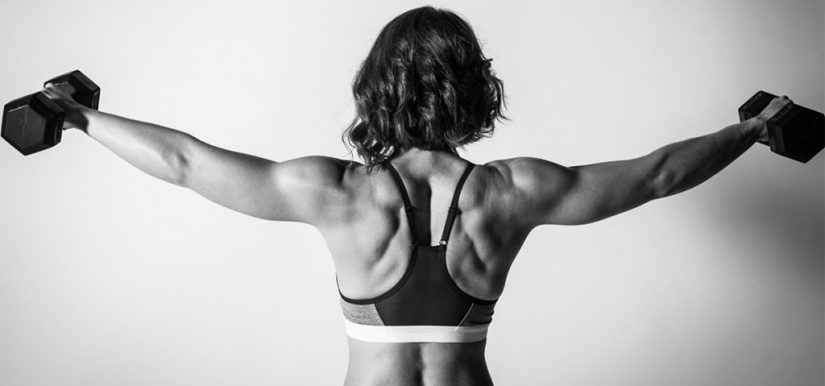
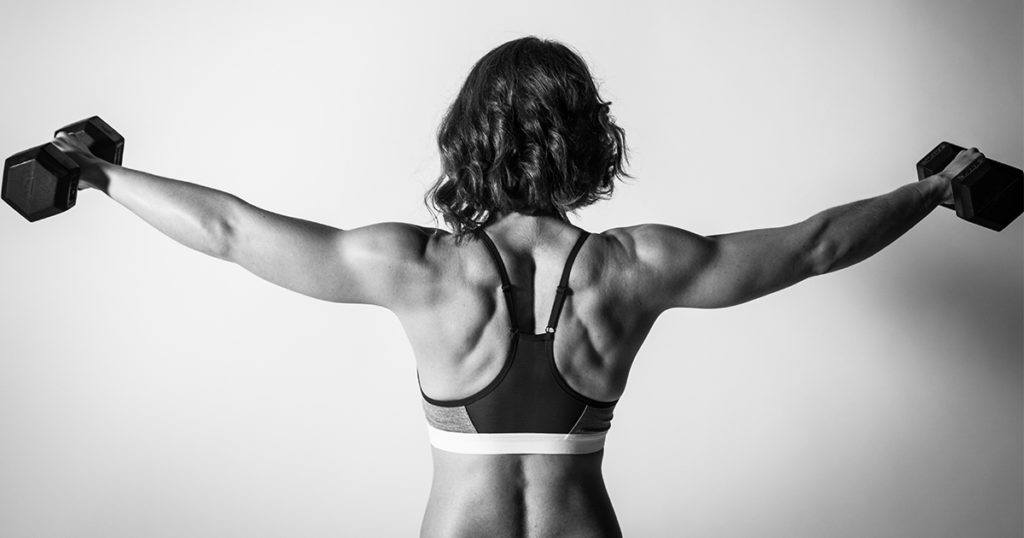
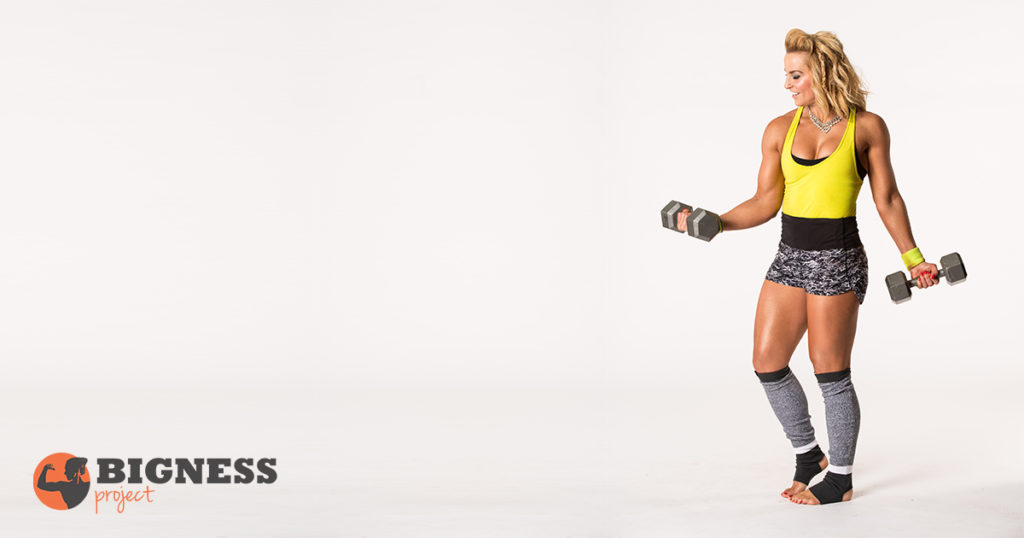
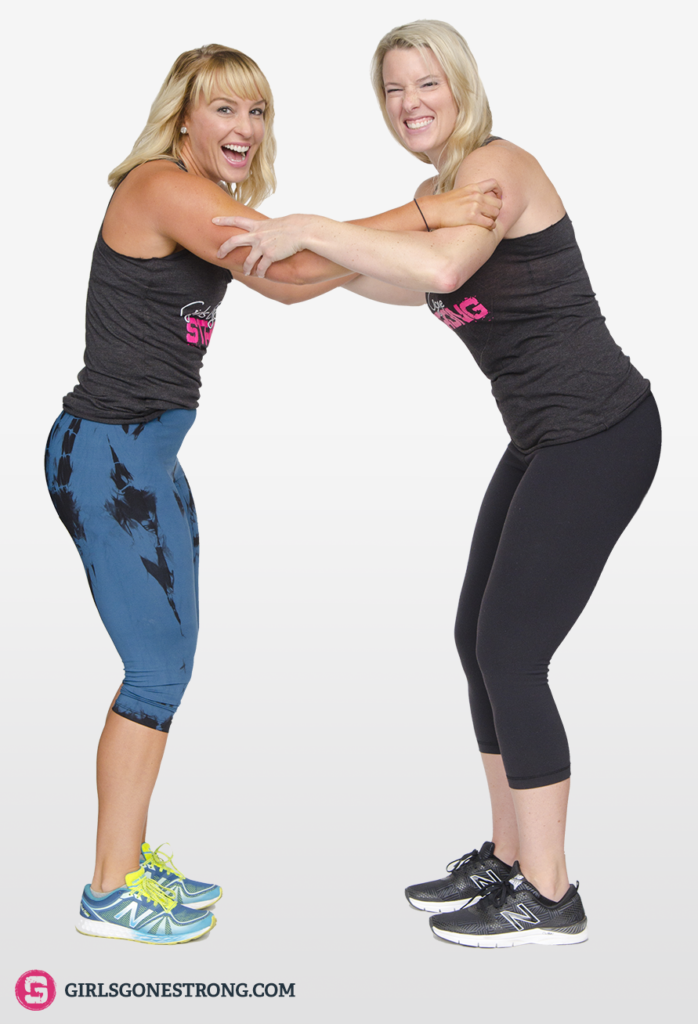
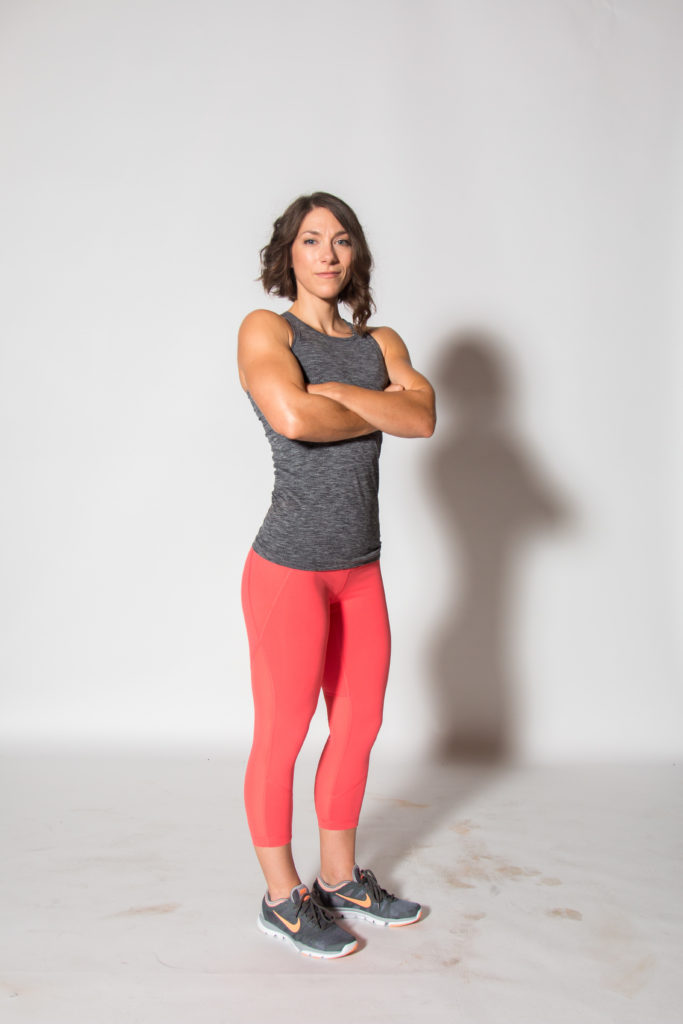
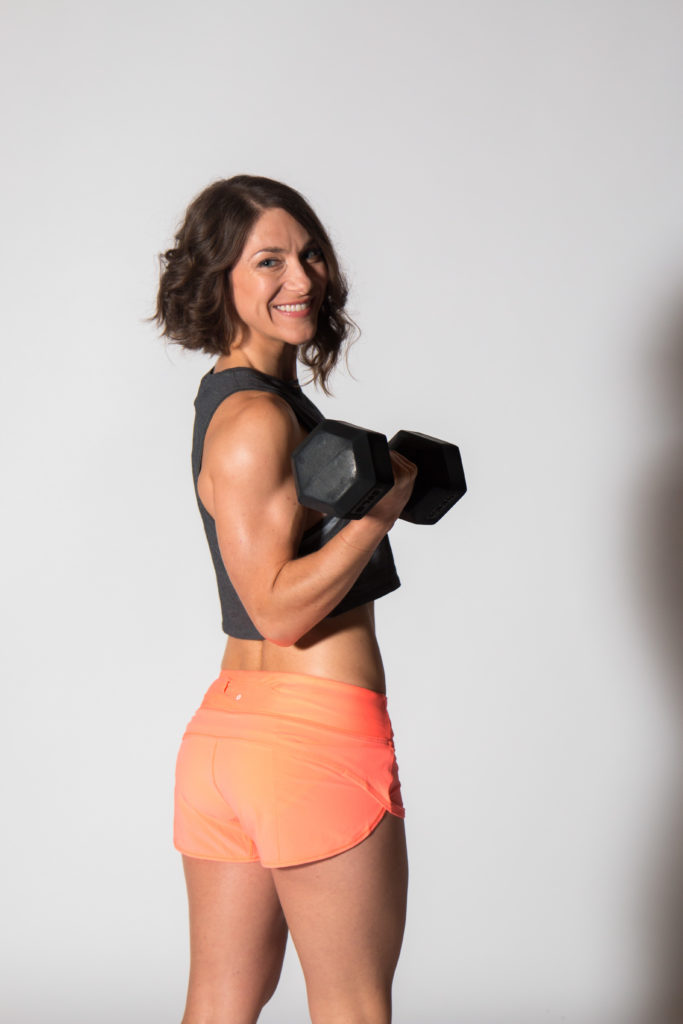
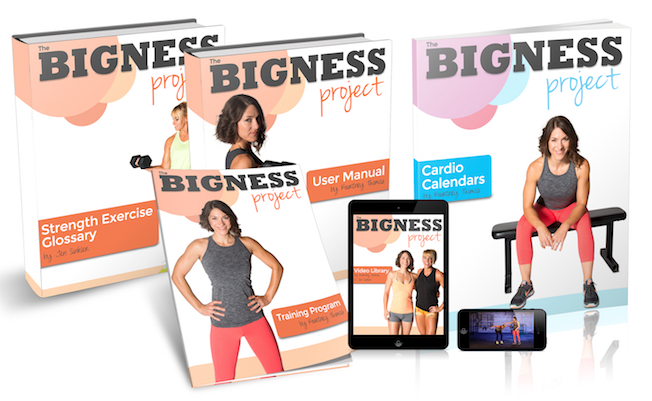







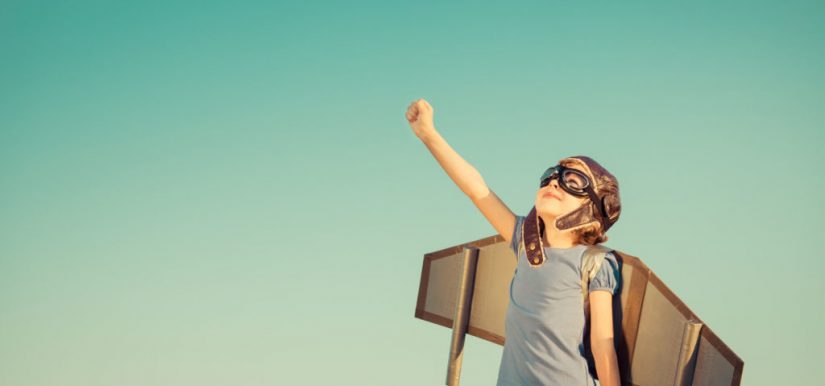




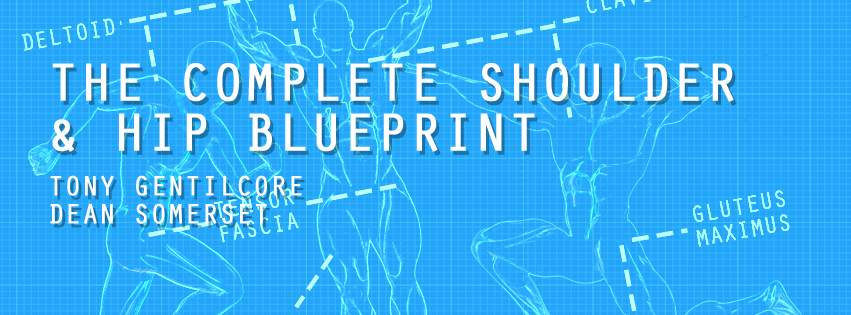
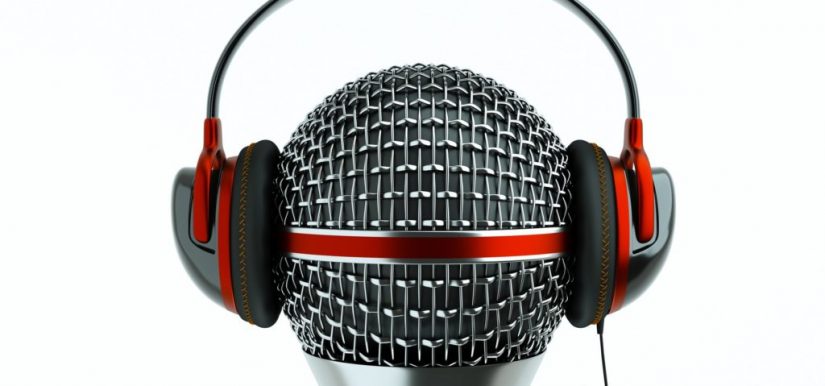
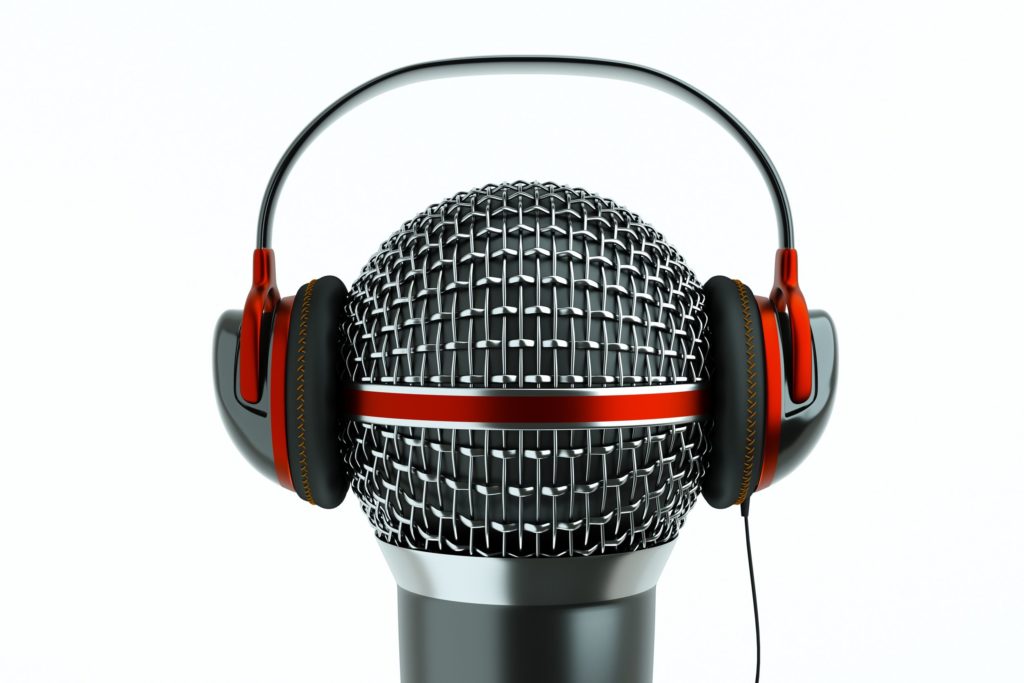
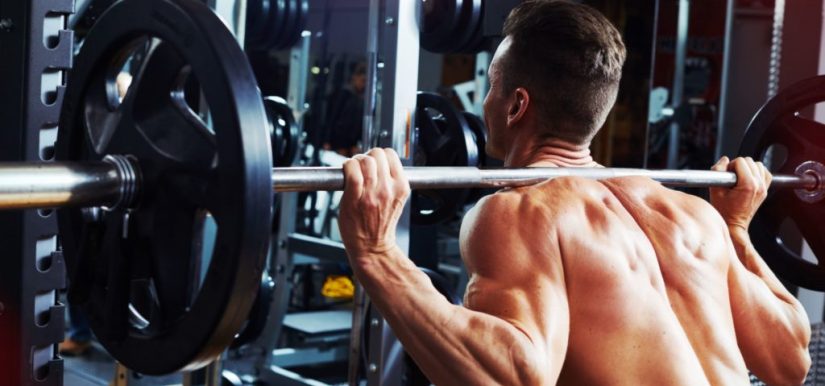
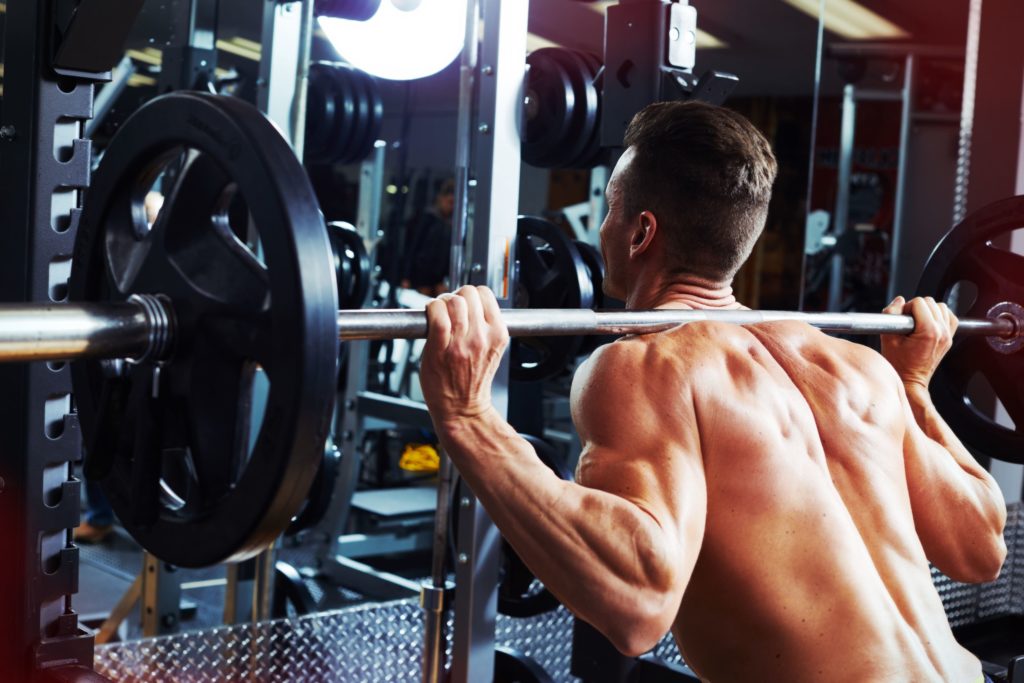


 George began his time at Cressey Sports Performance as an intern in the fall of 2013, and returned in 2014 as CSP’s Group Fitness Coordinator, overseeing all Strength Camp coaching and programming responsibilities.
George began his time at Cressey Sports Performance as an intern in the fall of 2013, and returned in 2014 as CSP’s Group Fitness Coordinator, overseeing all Strength Camp coaching and programming responsibilities.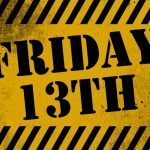


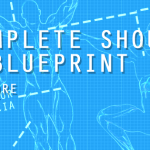
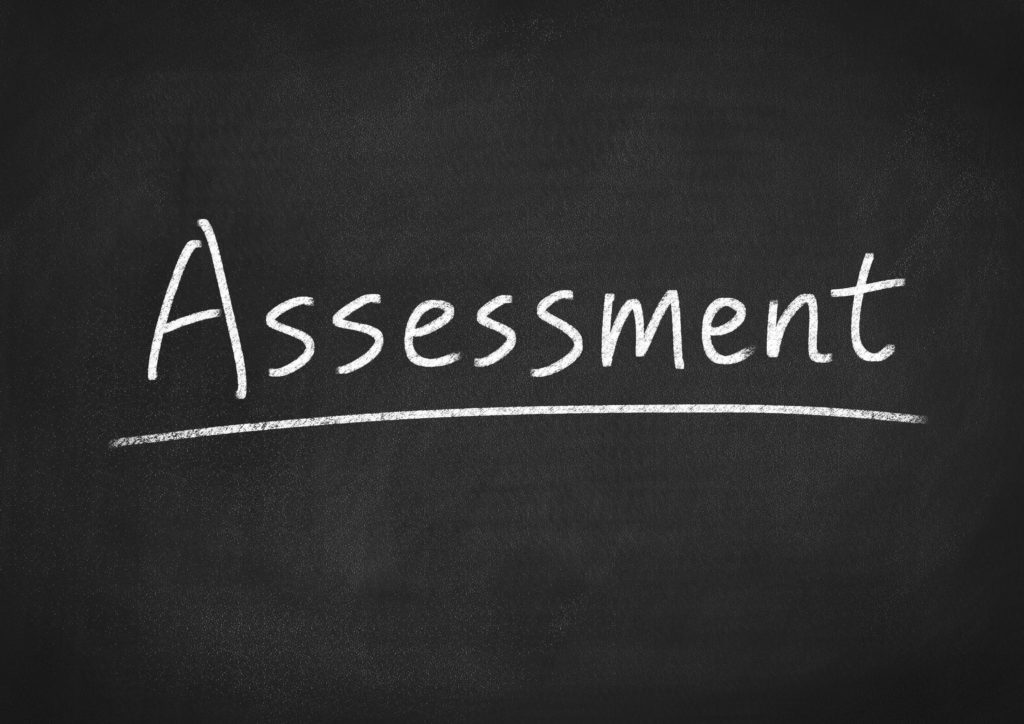
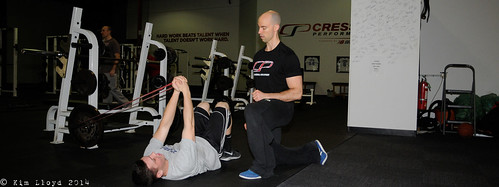

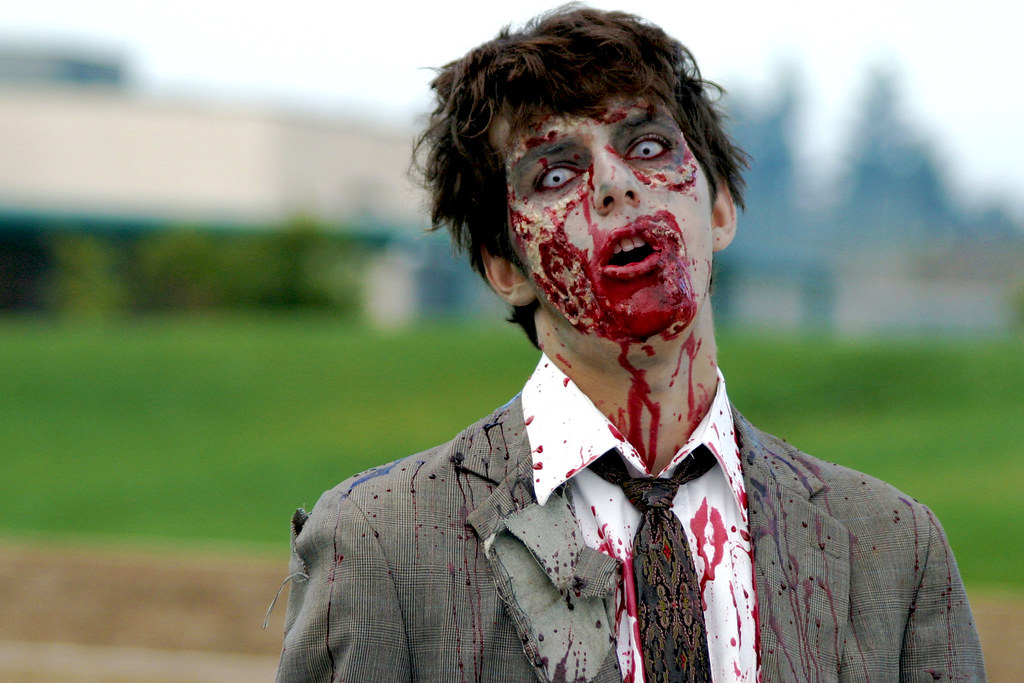



.jpg/290px-Annie_Mac_(2).jpg)

